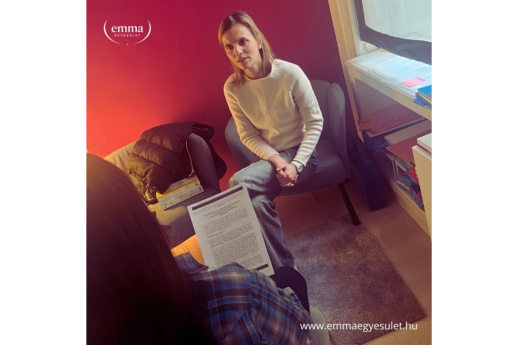Understanding obstetric violence: a hidden crisis in women's healthcare
Gynecological and obstetric violence refers to a type of reproductive violence at the intersection of gender-based and institutional violence, taking place often in a hospital setting during gynecological (including while accessing abortion care) or obstetric consultations and around childbirth such as mistreatment, abuse, neglect, intimidation, humiliation, non-consensual acts, etc.
Multiple and intersecting forms of discrimination play a significant role in amplifying the impact of gynecological and obstetric violence. According to many studies, racism increases the chances that women of colour, with a migrant background or belonging to ethnic minorities, will experience such violence.
6 ways for the EU and Member States to address gynecological and obstetric violence
1. Adopt criminal laws to prohibit gynecological and obstetric violence.
2. Adopt policies and protocols to prevent and address gynecological and obstetric violence, including measures to ensure informed consent of women and people who can become pregnant, and independent reporting and accountability mechanisms.
3. Collect more disaggregated data on all forms of gynecological and obstetric violence and put in place national observatories on gynecological and obstetric violence.
4. Train healthcare professionals to tackle sexism and intersecting discrimination, and to ensure a gender-sensitive, nondiscriminatory, and patient-centered approach, fully respectful of women’s right to informed consent and decisions over their bodies.
5. Raise awareness on the issue of gynecological and obstetric violence among the general population and inform women and people who can get pregnant of their rights and how to exercise them.
6. The EU must urgently publish the pending Recommendation on combating harmful practices, which should include measures to tackle gynaecological and obstetric violence.
Read more about EMMA’s work combating obstetric violence in the Roma community
* This case study is published as part of the Open Society Foundations project, Meeting the Essential Sexual and Reproductive Health Needs of Communities Affected by the War in Ukraine and Neighboring Countries.











